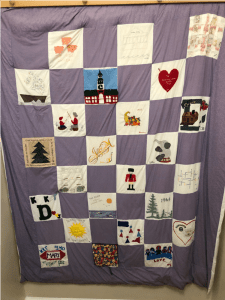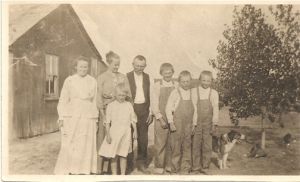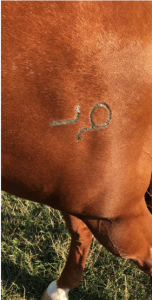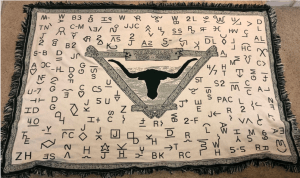Title: The Healing Eggs
General Information about Proverb:
- Customary Lore: Egg Healing Magic Superstition
- Language: English
- Country of Origin: United States
- Informant: Antonio Flores
- Date Collected: May 20, 2019
Informant Data:
- Antonio Flores was born and raised in a barrio near Corpus Christi, Texas in the 1950s. Both of his parents passed away at this young age and his brothers and him worked on a cotton farm to make a living. His extended family also farmed and would help him and his brothers out.
Contextual Data:
- Social Context
Aaron collected this folklore when on the phone with his Grandfather Antonio, where they discussed his life as well as folklore passed down to him from his farming background. Due to the circumstances of his father’s early passing, Antonio’s folklore was learned mainly from his extended family or when he worked at the cotton farm. He often describes them as “Old Indian Tricks” due to his Native American ethnicity. His Tia Eva served as a surrogate doctor due to their occupation and circumstance and this is most likely something that has been in the Flores family for many years. This serves as a kind of magical superstition because if one does A(rubbing the eggs) the B(the subject will be healed) will happen.
- Cultural Context
The main reason for this practice in the Flores family was due to their socio-economic status in the 1950’s. They couldn’t afford a doctor so they had to use other means. Due to their status as low-income Hispanic farmers they most likely faced many external pressures which lead them to develop these practices. By avoiding doctors they most likely used these superstitions instead.
Item:
“When I was a young boy, about eight years old or so I came down with a real bad stomach ache and fever. My brothers and I were all farmers so we didn’t know what to do. We were poor so we couldn’t afford a doctor so we had to make do My Tia Eva came over and she said that she could heal my stomach sickness. She took out about ten to twelve eggs and one by one rubbed the cool eggs on my stomach to heal me. She said that the sickness was being absorbed into the eggs and the coolness of the eggs was being transferred into my stomach. Sure enough the next day I felt healthy again and my stomach stopped hurting. ”
Collector’s Name: Aaron Flores







